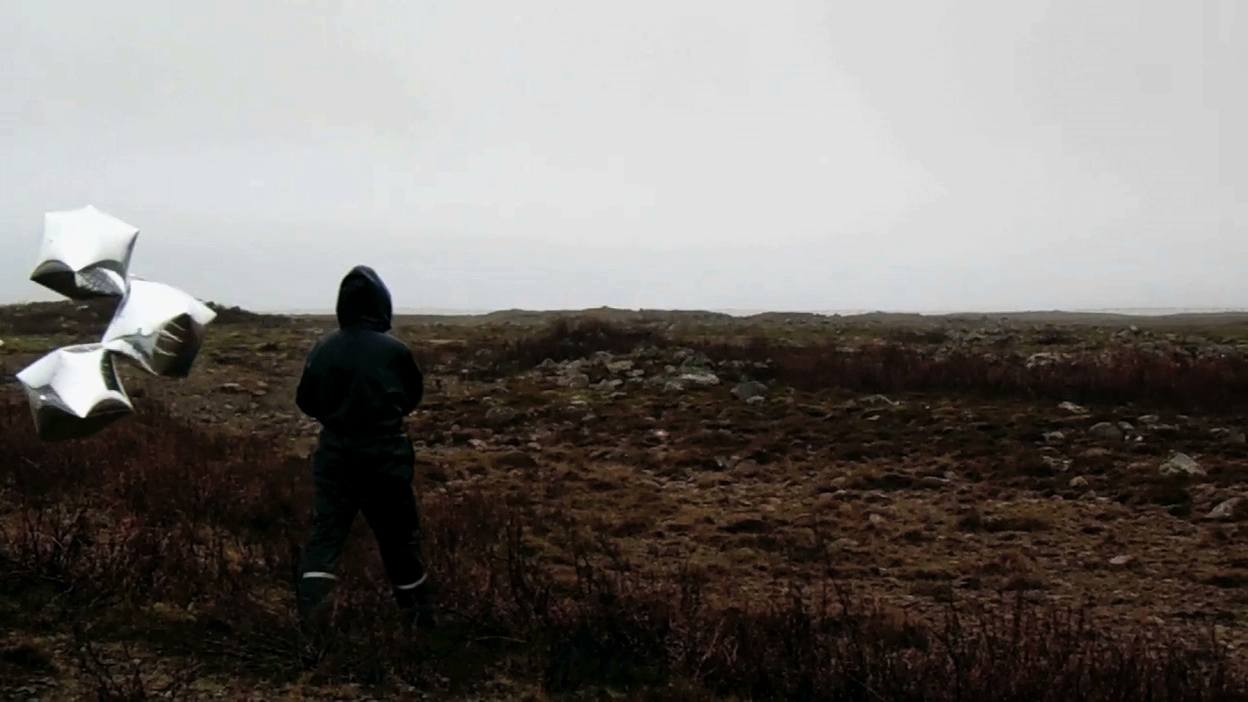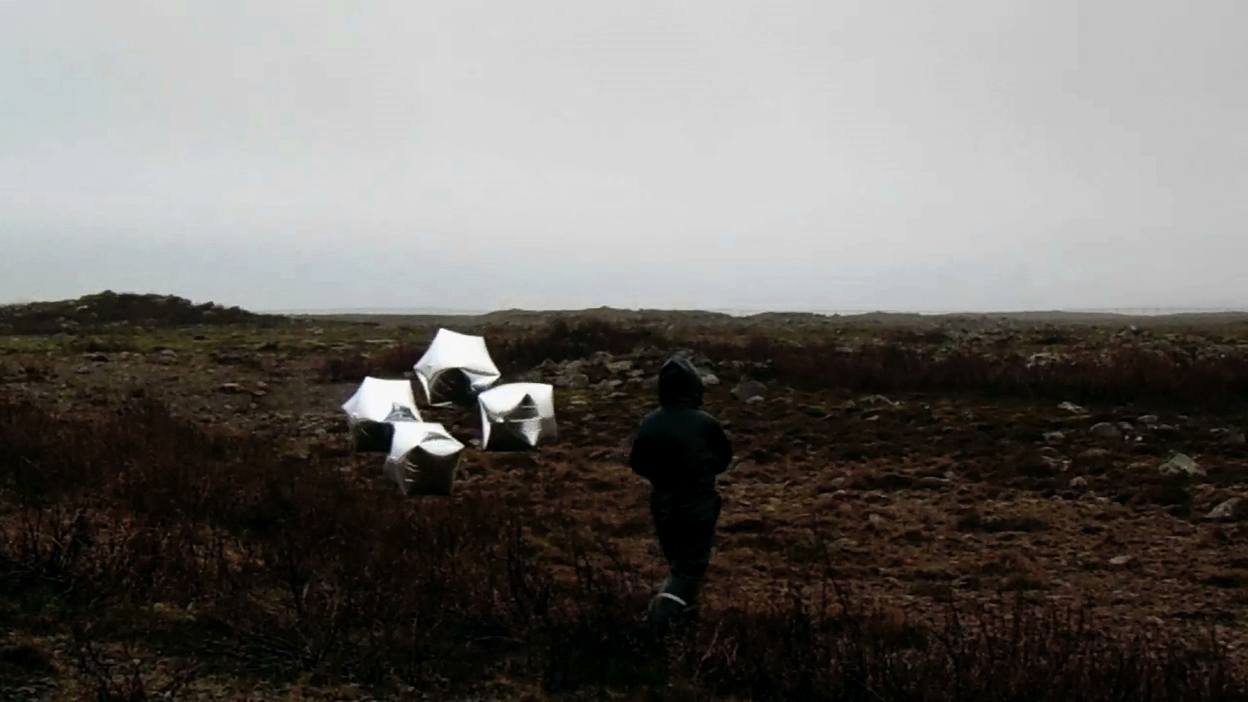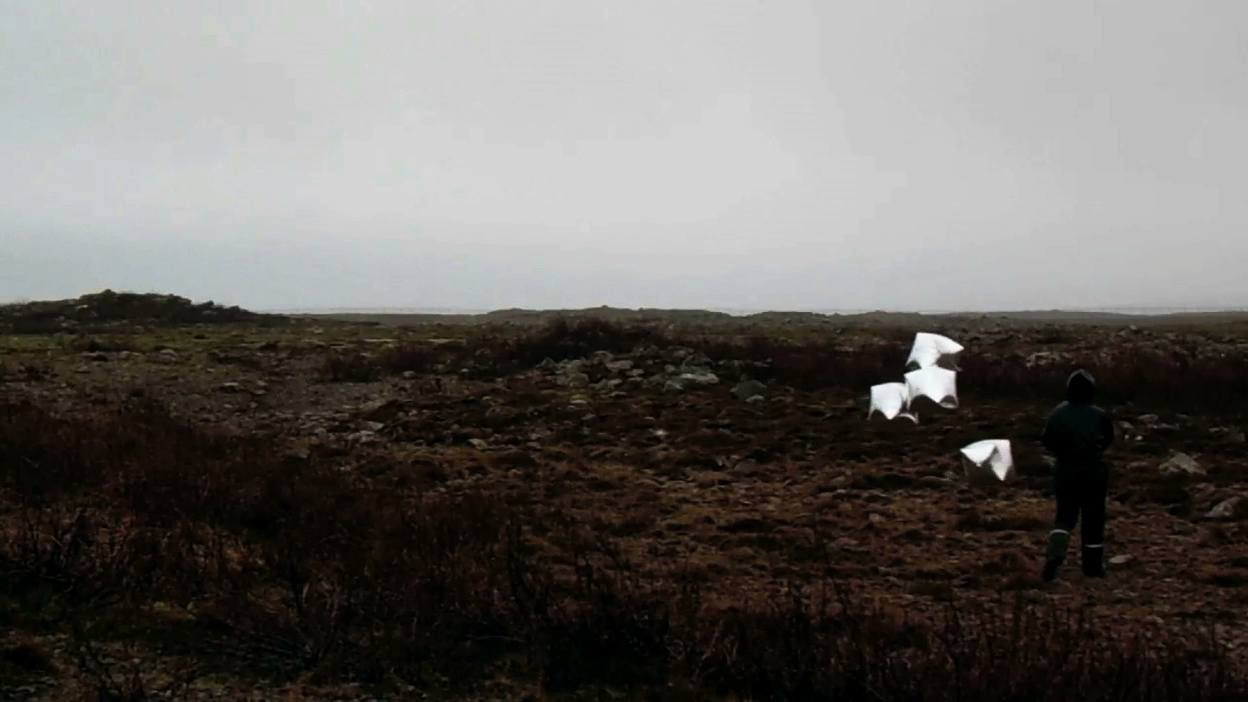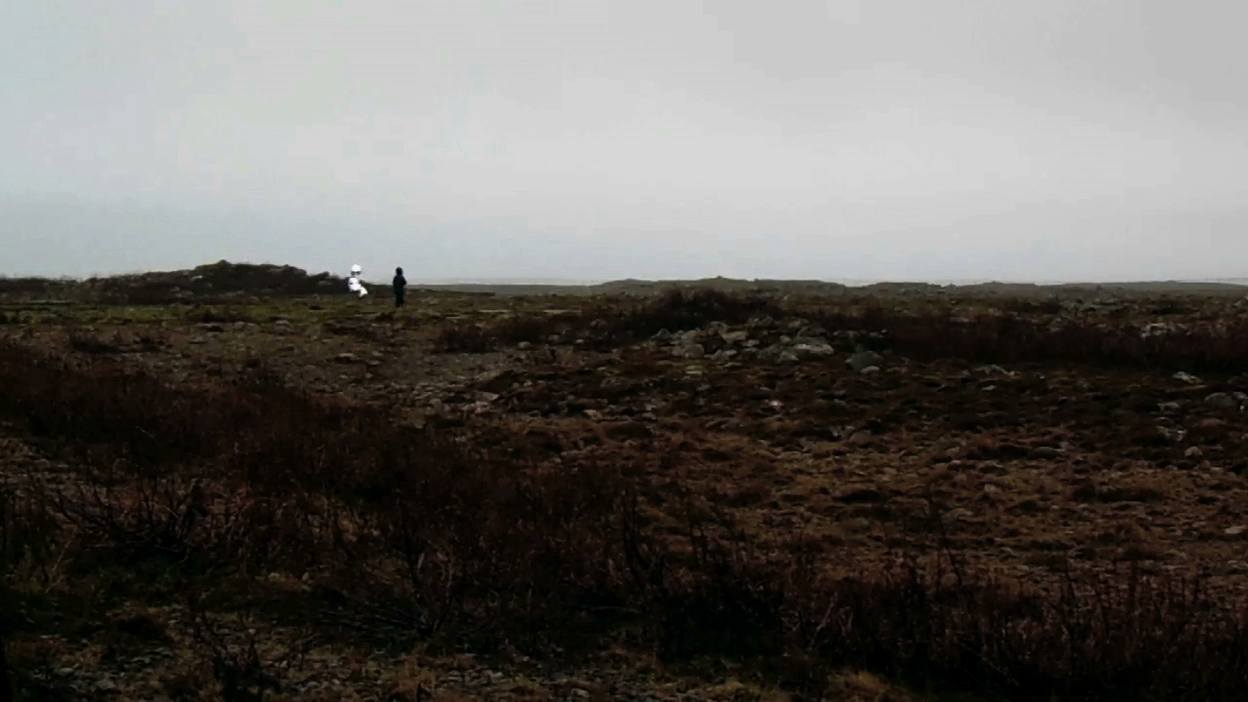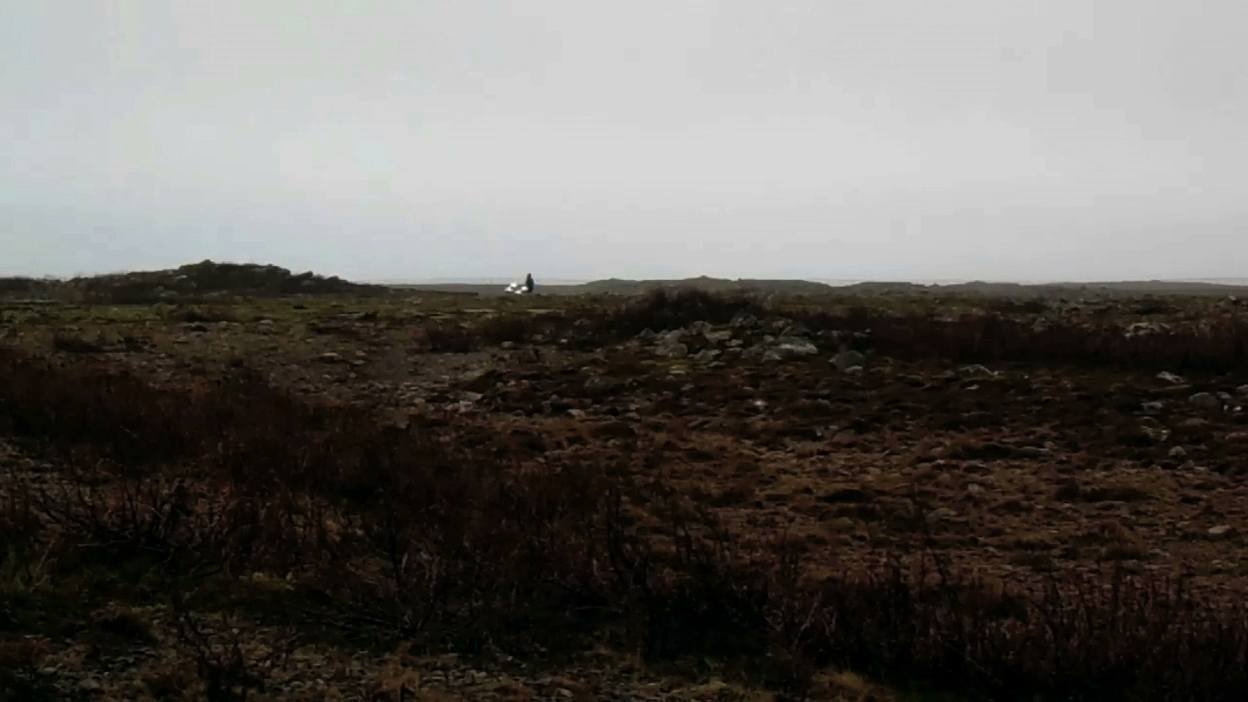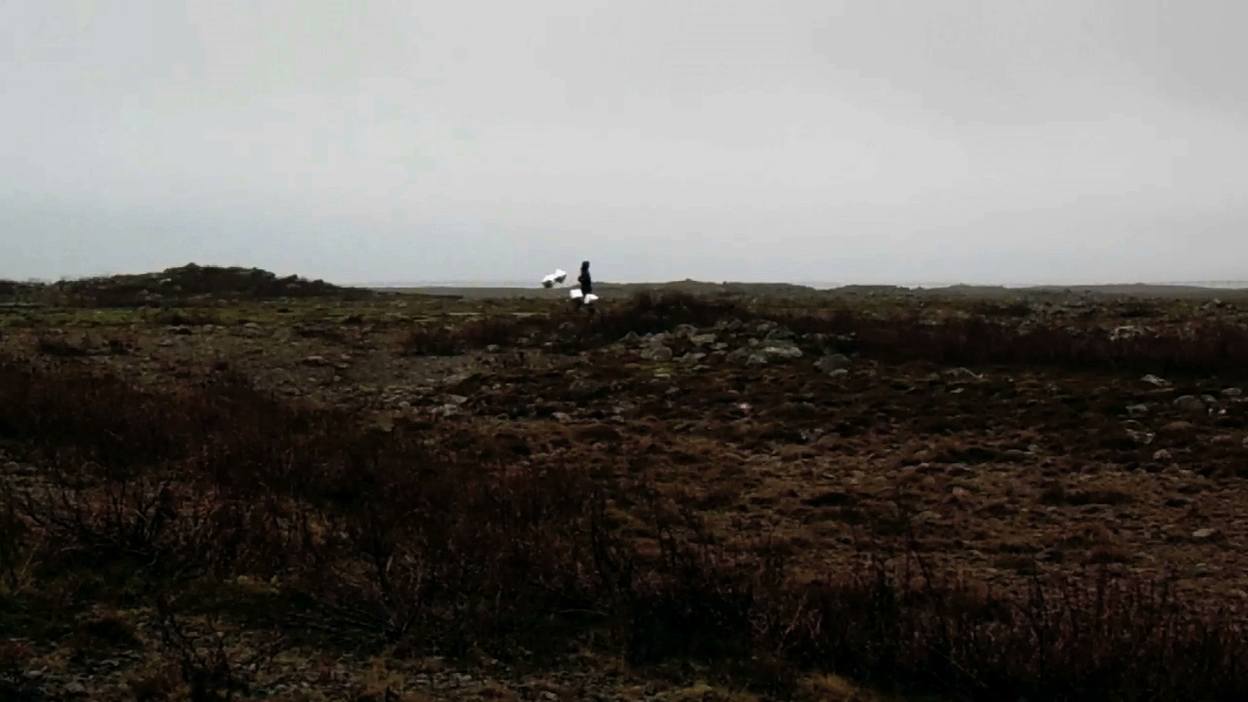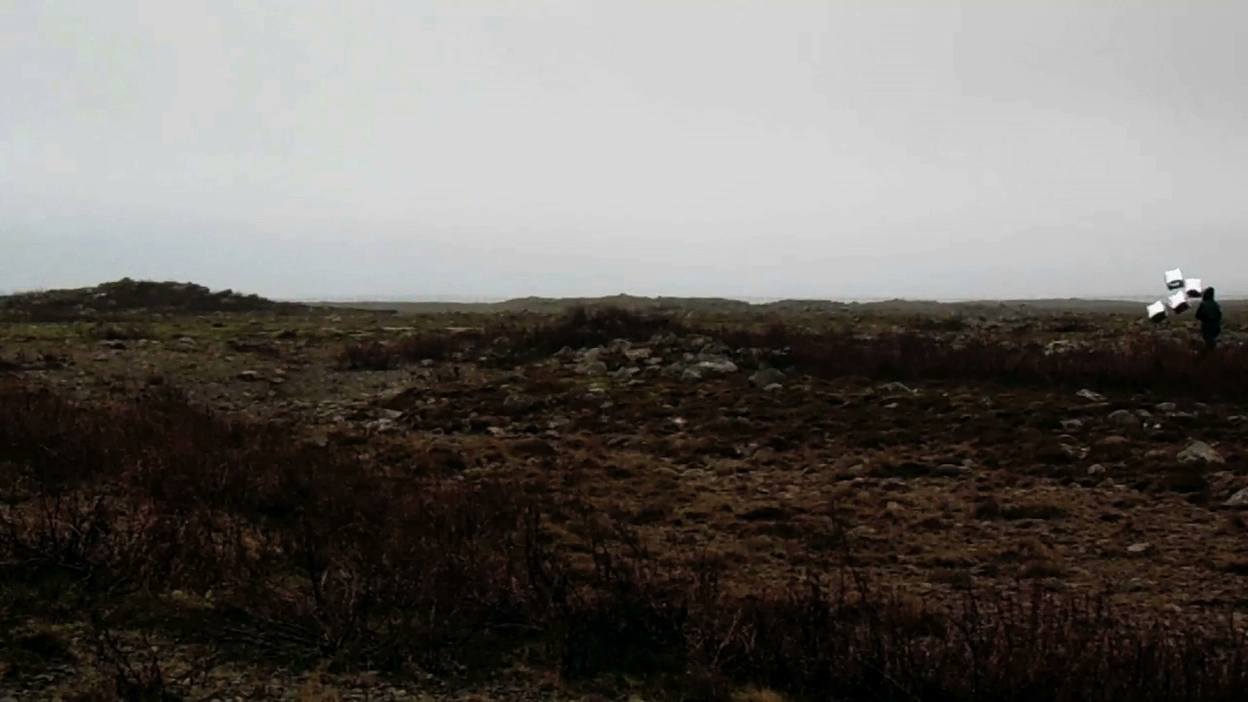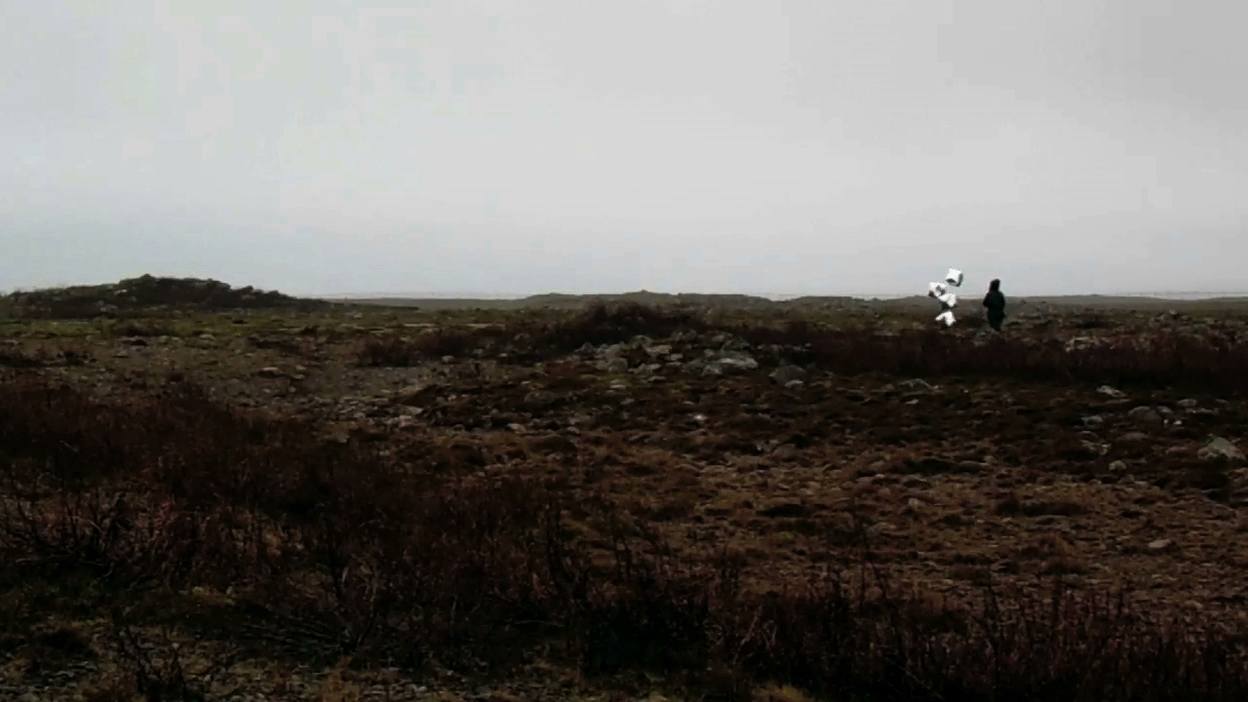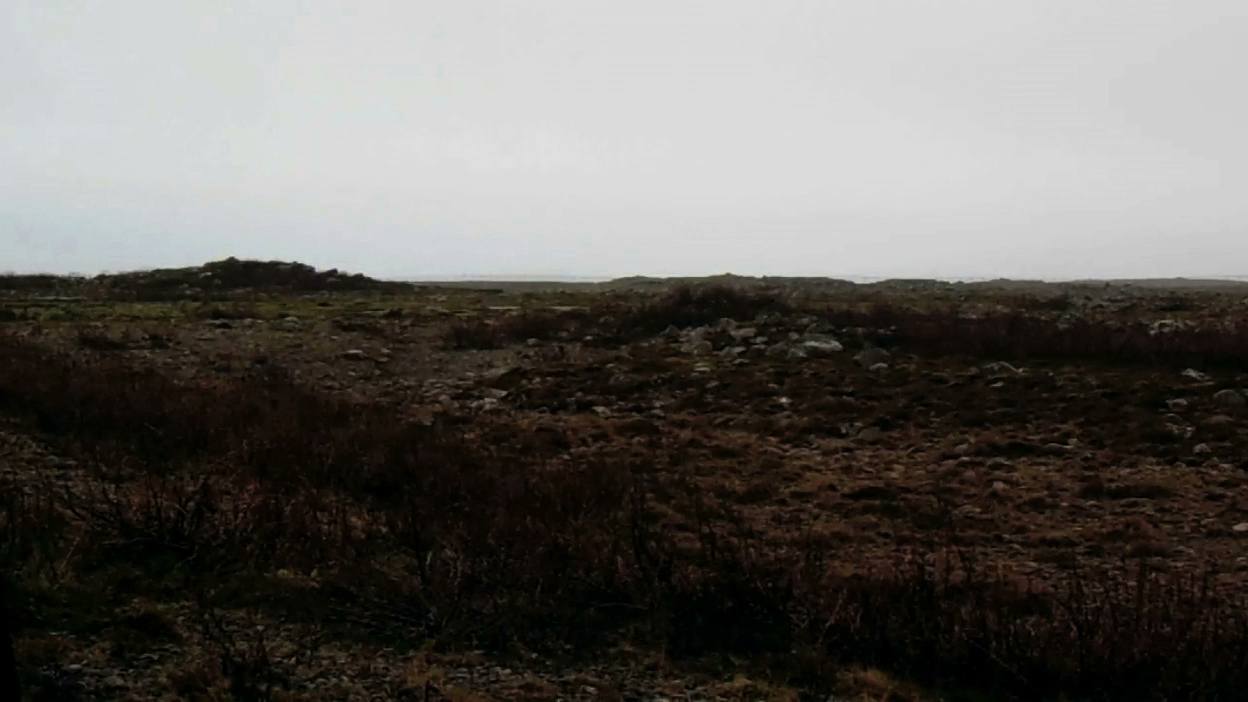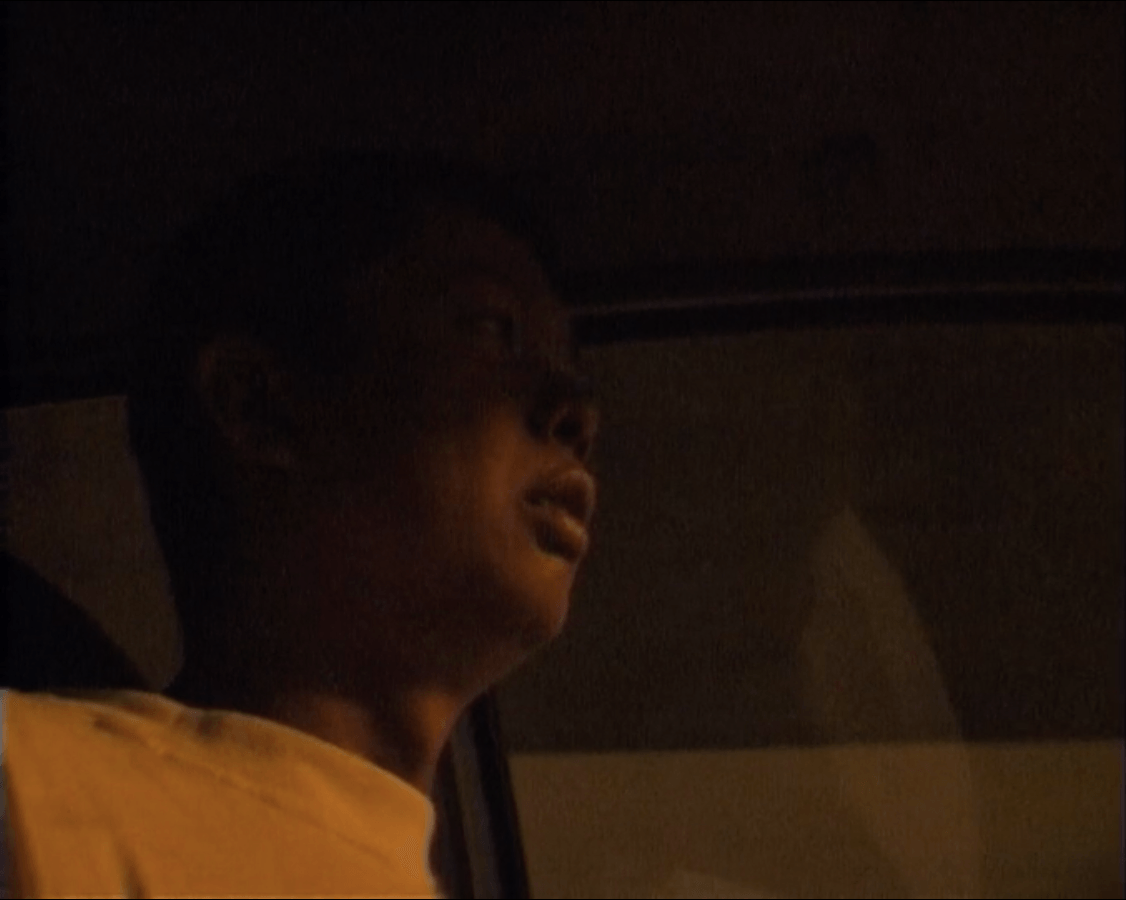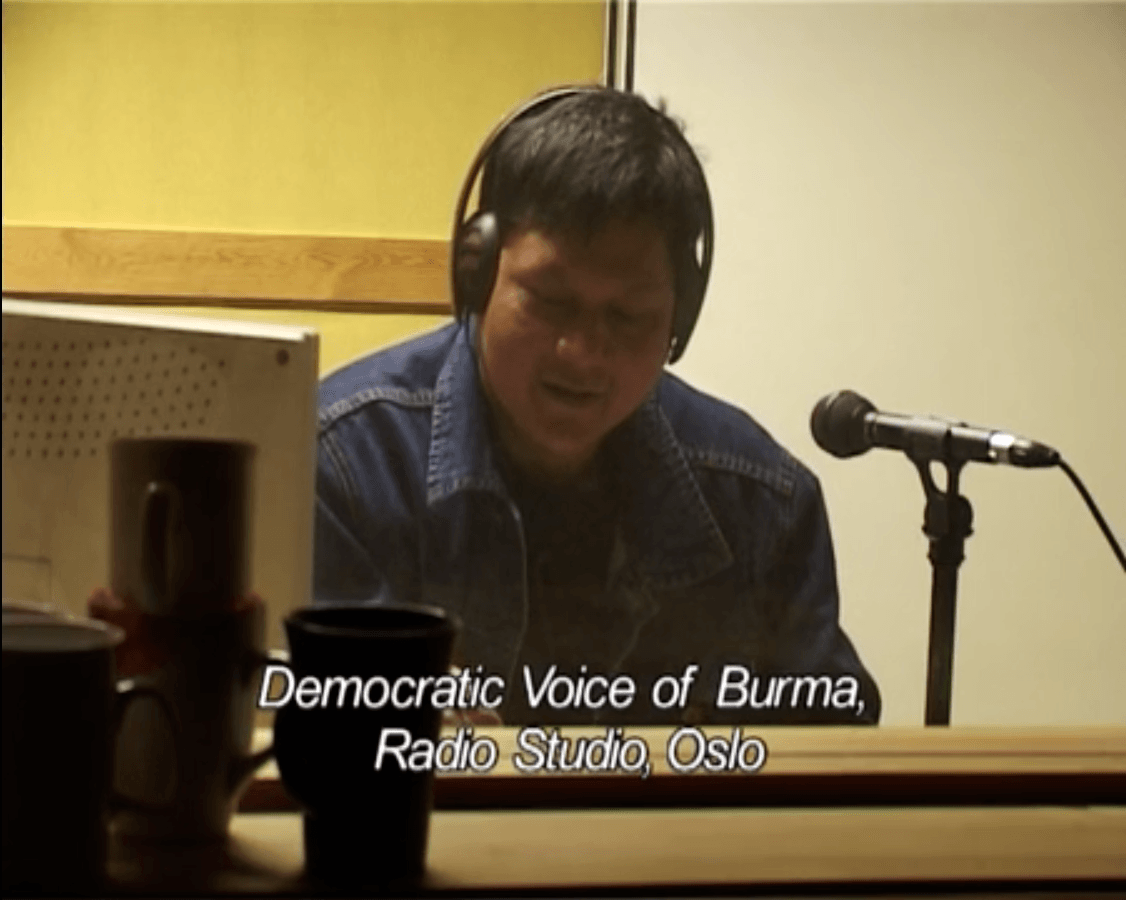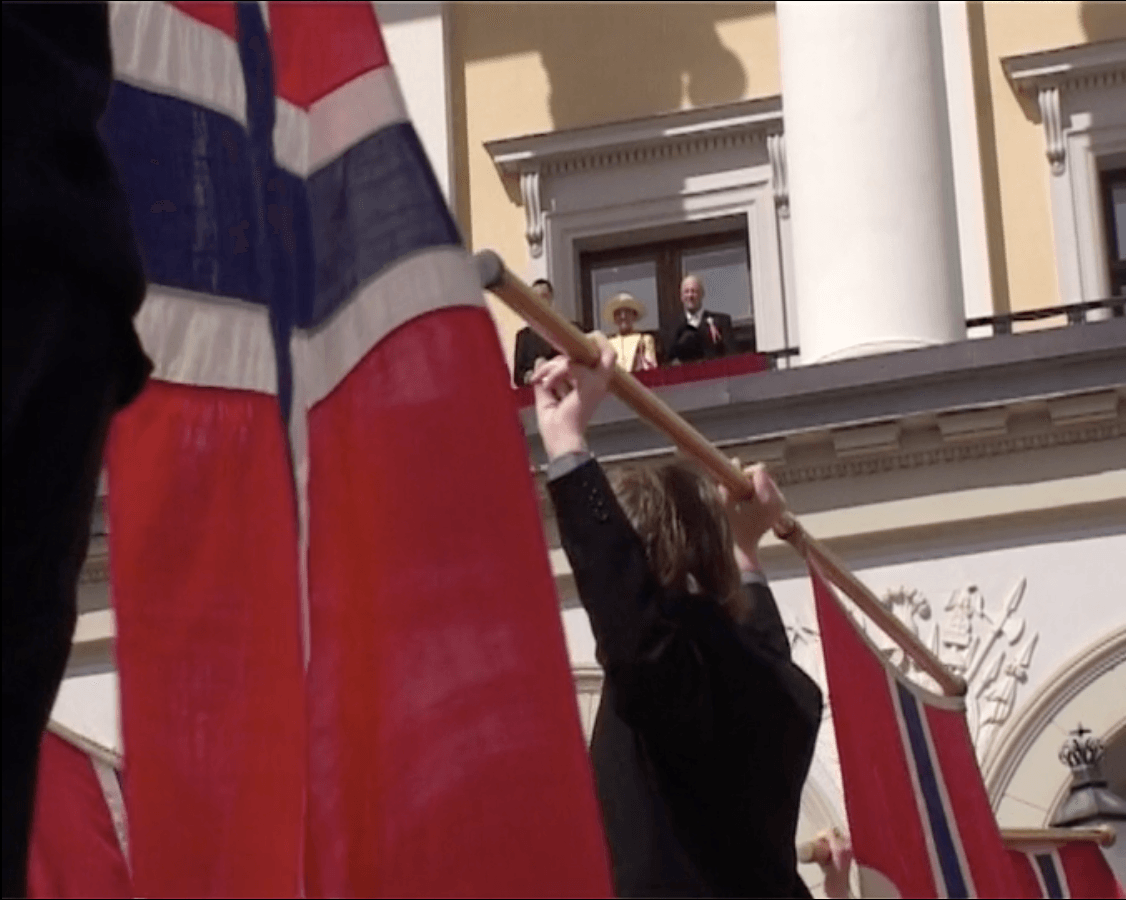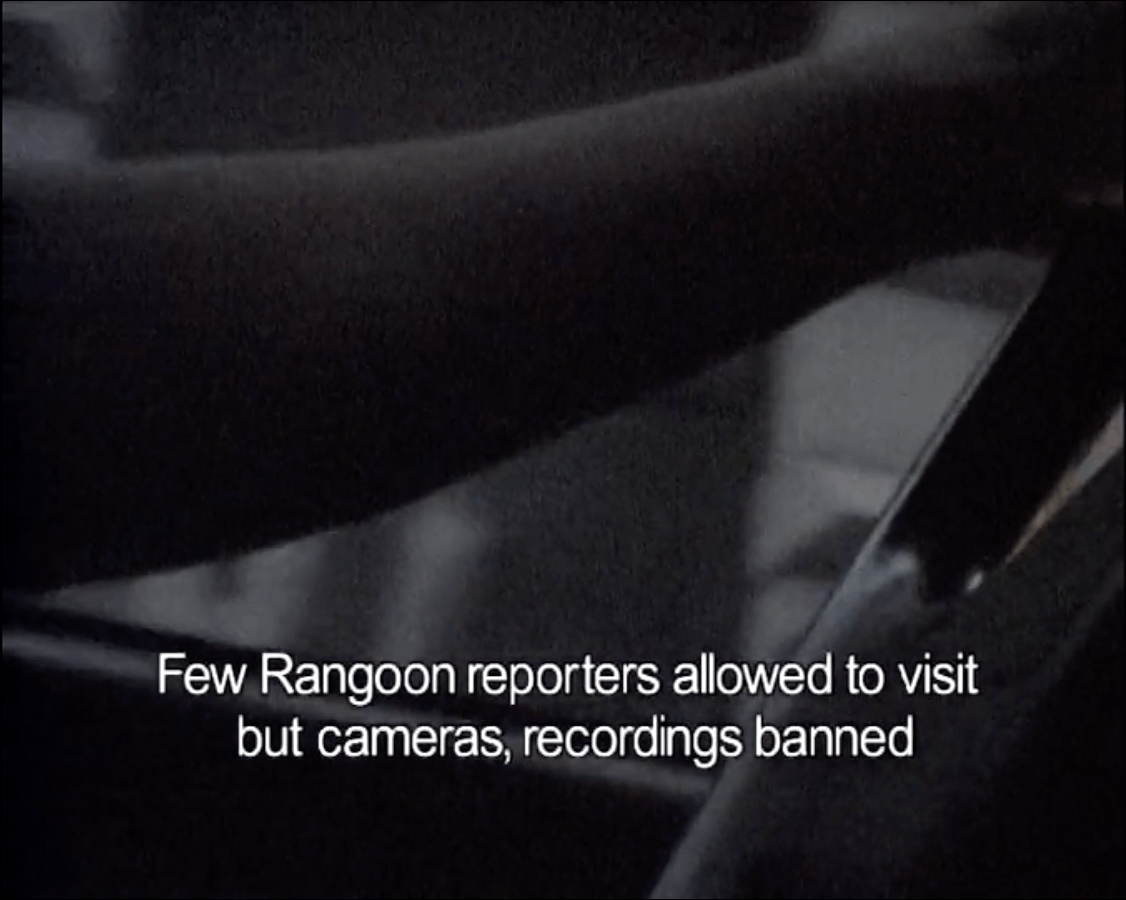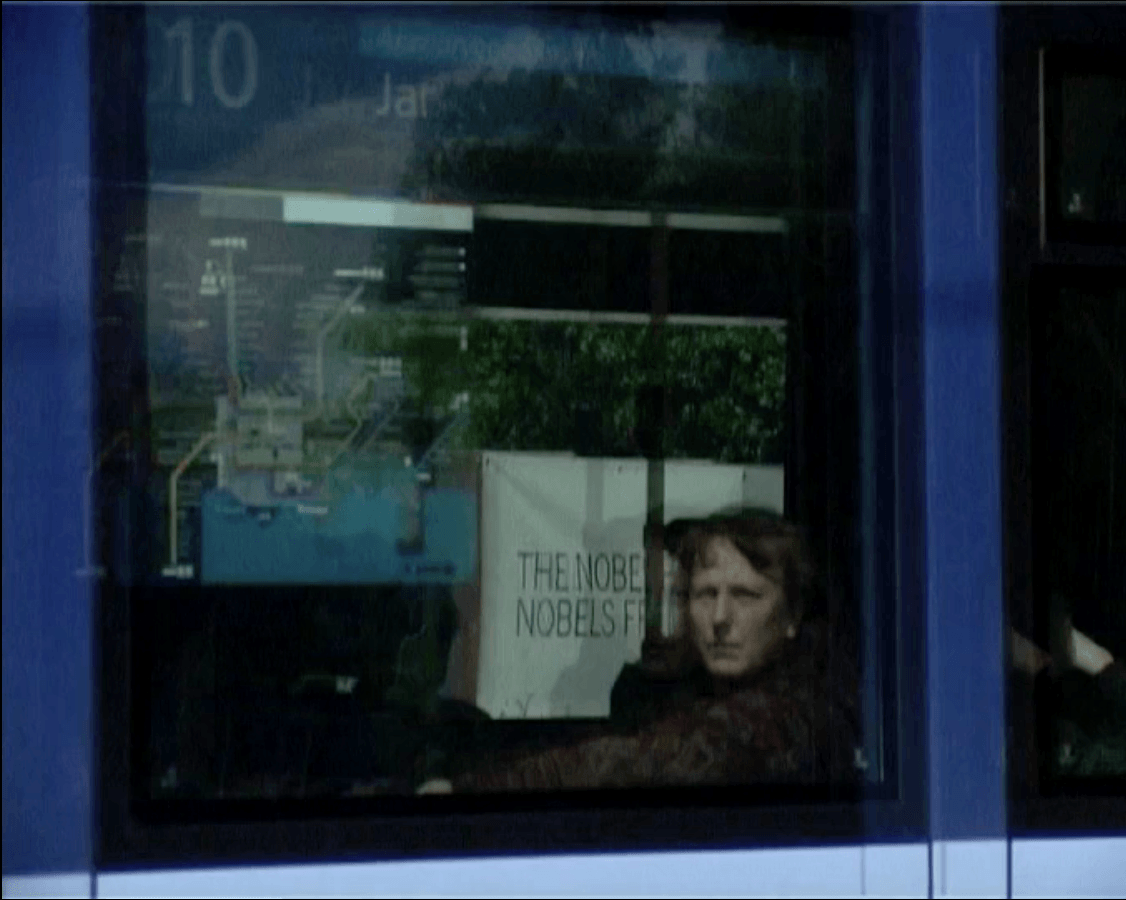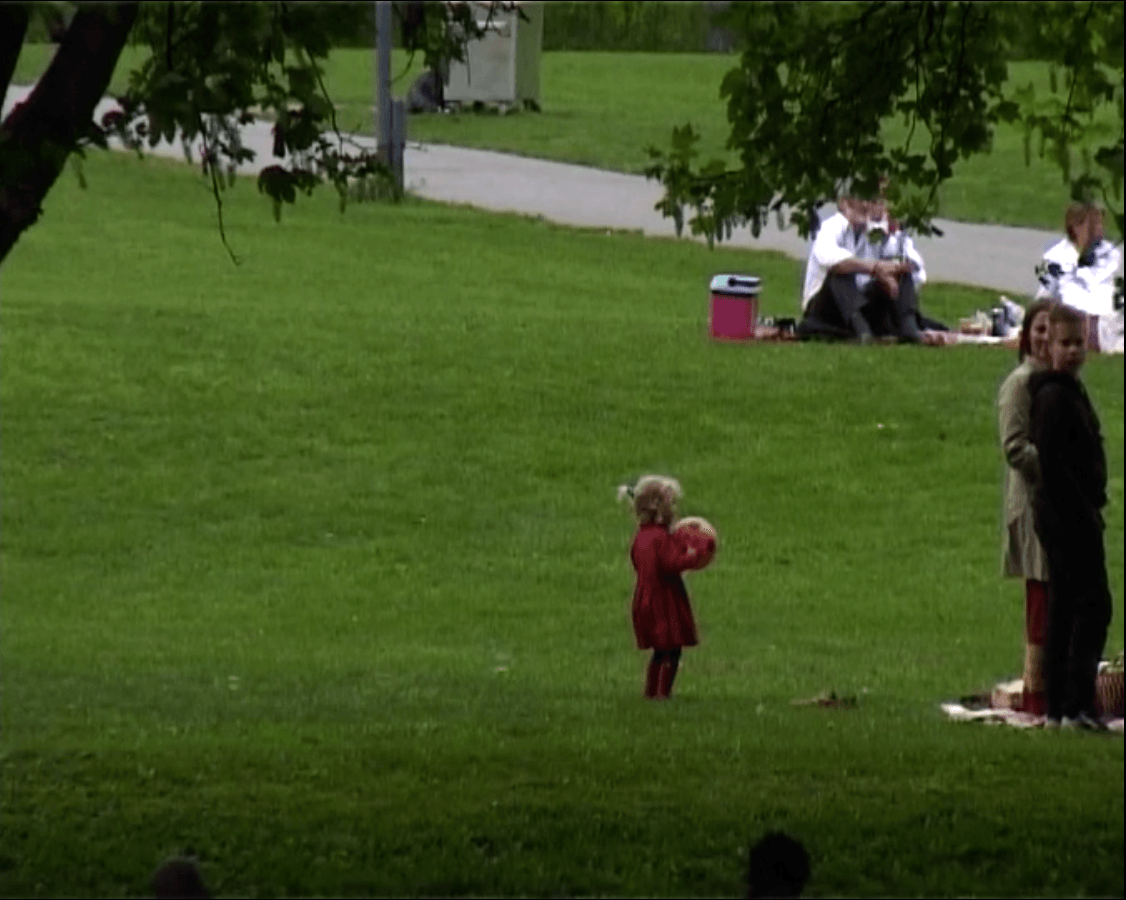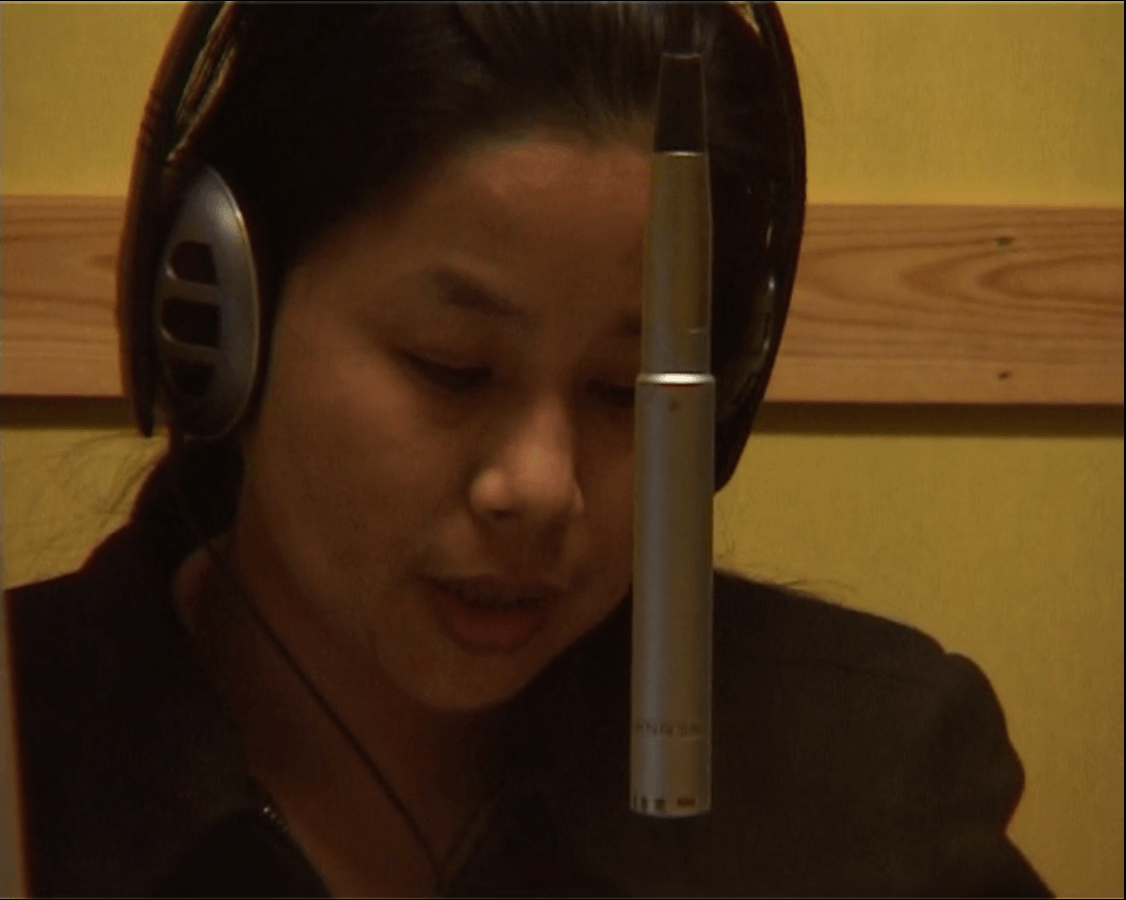Sources / Further Reading:
Avango, Dag, Louwrens Hacquebord, and Urban Wrakberg. 2014. “Industrial Extraction of Arctic Natural Resources since the Sixteenth Century : Technoscience and Geo-Economics in the History of Northern Whaling and Mining.” Journal of Historical Geography 44:15–30.
Baycroft, Timothy, and David Hopkin. 2012. Folklore and Nationalism in Europe During the Long Nineteenth Century. BRILL.
Centre, UNESCO World Heritage. n.d. “Curonian Spit.” UNESCO World Heritage Centre. Accessed December 15, 2017. http://whc.unesco.org/en/list/994/.
Craig Martin. 2011. “Fog-Bound: Aerial Space and the Elemental Entanglements of Body-with-World.” Environment and Planning D: Society and Space 29 (3):454–68. https://doi.org/10.1068/d10609.
Cram, Gabriella. 2008. “Embedded Scripts/Relational Grammars. Witnessing the Work of Amar Kanwar.” In A Question of Evidence. Verlag der Buchhandlung Walther König.
Crossette, Barbara. 1992. “Burmese Opposition Gets Oslo Radio Service.” The New York Times, July 19, 1992. http://www.nytimes.com/1992/07/19/world/burmese-opposition-gets-oslo-radio-service.html.
Evjen, Bjørg. 1994. “An Arctic Society ‐ a Laboratory: Longyearbyen, Svalbard, 1916–75.” Acta Borealia 11 (1):73–81. https://doi.org/10.1080/08003839408580438.
Grotius, Hugo. 2014. Free Sea. Indianapolis: Liberty Fund Inc.
Gunnell, Terry. 2016. “The Development and Role of the Fjallkona (Mountain Woman) in Icelandic National Day Celebrations and Other Contexts.” In The Ritual Year 11: Traditions and Transformation. Moscow: Kazan.
Hjelle, Audun. 1993. Geology of Svalbard. Norsk Polarinstitutt.
Humpert, Malte. 2017. “A New Era of Shipping Traffic on the Northern Sea Route – High North News.” High North News, August 23, 2017. http://www.highnorthnews.com/a-new-era-of-shipping-traffic-on-the-northern-sea-route/.
Leuschner, Christoph, and Heinz Ellenberg. 2017. Ecology of Central European Non-Forest Vegetation: Coastal to Alpine, Natural to Man-Made Habitats: Vegetation Ecology of Central Europe. Springer.
Phillips, Tony. 2014. “The Cloudy Future of Arctic Sea Ice.” NASA Science Beta (blog). October 15, 2014.
Solnit, Rebecca. 2014. Wanderlust: A History of Walking. London: Granta Books.
Worsley, David, and Ole J Aga. 1986. The Geological History of Svalbard: Evolution of an Arctic Archipelago. Stavanger, Norway: Den norske stats oljeselskap a.s. http://books.google.com/books?id=wxFOAQAAIAAJ.
Zell, Holly. 2015. “Clouds, Clouds, Burning Bright.” NASA. March 31, 2015. http://www.nasa.gov/mission_pages/aim/news/notilucent-change.html.


